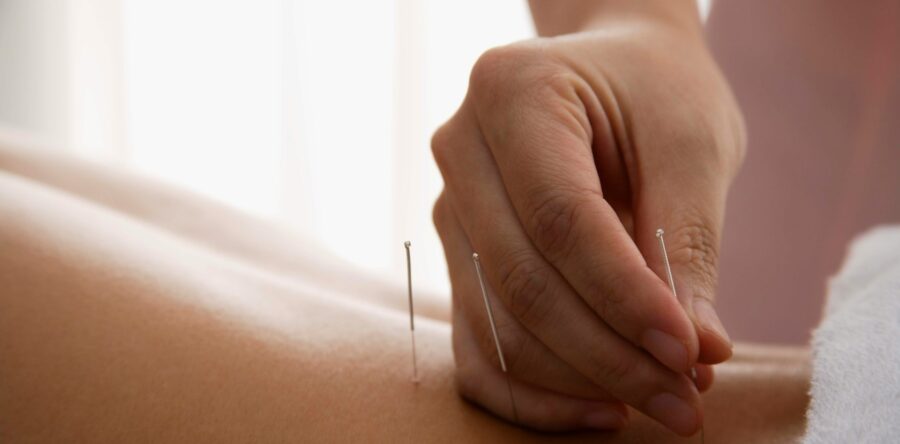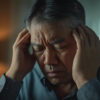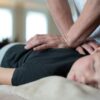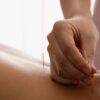Understanding the difference between dry needling and acupuncture can help you make informed choices about your healthcare. Both treatments involve the use of needles and aim to relieve pain, but they have distinct techniques, origins, and applications. Knowing these differences is essential for choosing the best treatment for your specific needs.
Dry needling is a modern treatment method used mainly by physiotherapists and other healthcare practitioners to address muscle pain and tightness. It involves inserting thin needles into trigger points in the muscles to relieve tension and improve movement. This technique is rooted in Western medicine and focuses on the musculoskeletal system.
On the other hand, acupuncture is an ancient practice that originated in China over 2,500 years ago. It’s part of Traditional Chinese Medicine (TCM) and involves placing needles in specific points on the body to balance the body's energy, or "qi." Acupuncture is often used to treat a variety of conditions, including chronic pain, digestive issues, and stress.
By understanding what dry needling and acupuncture entail, you can decide which treatment aligns best with your health goals. Both can be effective, but the choice will depend on your specific symptoms, personal preferences, and the advice of your healthcare provider.
What is Dry Needling?
Dry needling is a modern therapeutic technique used to treat muscle pain and tightness. It involves inserting thin, sterile needles into specific points in the muscles known as trigger points. Trigger points are tight bands or knots in the muscles that can cause pain and restrict movement. The aim of dry needling is to release these trigger points and relieve muscle tension.
What is Acupuncture?
Acupuncture is an ancient practice that involves inserting thin needles at specific points on the body. These points are believed to be pathways that facilitate the flow of the body's energy, or "qi." The goal of acupuncture is to restore balance and promote the body's natural healing processes. It is commonly used to treat a variety of conditions, including pain, stress, and digestive issues.
Origins and History of Both Practices
Dry needling has its roots in Western medicine and is a relatively new technique. It was developed based on the study of muscles, trigger points, and pain patterns. Physiotherapists and other healthcare professionals commonly use this method to address musculoskeletal issues.
Acupuncture, on the other hand, originated in China over 2,500 years ago. It is part of Traditional Chinese Medicine (TCM) and has been used for centuries to treat various ailments. The practice is based on the concept of balancing the body's energy to promote health and well-being.
How Dry Needling Is Performed
In dry needling, the therapist uses thin needles to target specific trigger points within the muscles. The needles are inserted directly into these points to release tension and reduce pain. The process can involve multiple needles and may cause a twitch response in the muscle, which is a sign that the trigger point is being released. Sessions typically last 20 to 30 minutes, and the number of sessions needed depends on the severity of the issue.
How Acupuncture Is Performed
Acupuncture involves placing needles at specific points along the body's meridians. These meridians are pathways through which energy flows. The practitioner inserts the needles to a specific depth depending on the treatment goal. Unlike dry needling, acupuncture needles may remain in place for 15 to 30 minutes to allow the body's energy to balance. The needles used in acupuncture are typically thinner than those used in dry needling, and the insertion is often gentler.
Key Differences in Techniques and Equipment Used
There are several key differences between dry needling and acupuncture. Dry needling focuses on muscles and trigger points, using a more aggressive needling technique to release muscle tension. Acupuncture, however, targets meridian points to balance the body's energy, using a gentler needling approach.
The type of needles used also differs. Dry needling typically uses thicker needles to penetrate deep into the muscle tissue, whereas acupuncture needles are thinner and designed to stimulate energy points without causing significant muscle disruption. These differences in technique and equipment highlight the distinct purposes and methodologies of the two practices.
Conditions Treated by Dry Needling
Dry needling is effective for treating various musculoskeletal conditions. These include:
- Neck and back pain
- Shoulder and elbow injuries
- Hip and knee pain
- Hand and wrist injuries
- Foot and ankle pain
- Sports injuries
- Sprains and strains
It’s also useful for addressing muscle pain and tightness, especially after surgeries or due to persistent pain conditions. By targeting specific trigger points, dry needling helps release muscle tension and improve mobility.
Conditions Treated by Acupuncture
Acupuncture treats a wide range of conditions, including:
- Chronic pain
- Headaches and migraines
- Jaw (TMJ) pain
- Digestive issues
- Stress and anxiety
- Insomnia
- Vestibular problems
Acupuncture aims to balance the body's energy, making it suitable for treating both physical and emotional ailments. It is also used in managing persistent pain and improving overall well-being.
Comparing Effectiveness for Various Conditions
When comparing effectiveness, dry needling is often preferred for localized muscle pain and tightness. It directly targets the source of pain and provides swift relief. Acupuncture, on the other hand, is effective for a broader range of conditions, including emotional and systemic issues. It promotes holistic healing and can provide long-term benefits for chronic ailments.
Both treatments have their strengths, and the choice depends on your specific needs and the nature of your condition. Consulting with a healthcare provider can help determine which method is best for you.
Factors to Consider in Choosing Between Dry Needling and Acupuncture
When deciding between dry needling and acupuncture, consider factors such as:
- Nature of your pain or condition
- Previous experiences with either treatment
- Doctor's recommendations
- Personal comfort with each procedure
Each person reacts differently to treatment, so it's essential to consider what has been effective or comfortable for you in the past.
Discussing Options with a Healthcare Provider
It's crucial to have an open discussion with your healthcare provider about your symptoms and treatment goals. They can help you understand the benefits and limitations of each method and recommend the best approach for your specific condition. This conversation will ensure that you make an informed decision.
Personal Preferences and Comfort Levels
Your comfort and personal preference play a significant role in choosing the right treatment. If you are more comfortable with one method over the other, it can impact the effectiveness of the treatment. Consider what feels right for you and communicate this with your healthcare provider.
Dry Needling vs. Acupuncture: Which Therapy Suits Your Needs?
Understanding the differences between dry needling and acupuncture helps you make informed decisions about your health care. Both treatments offer unique benefits and target different aspects of pain and healing. Dry needling is particularly effective for muscle pain and tightness, while acupuncture addresses a broader range of conditions, including stress and chronic pain.
Choosing the right treatment depends on your specific symptoms, personal preferences, and the guidance of your healthcare provider. This ensures you receive the most suitable care for your condition, leading to better health outcomes.
If you're unsure which treatment is right for you, we're here to help. Our team at Whitehorse Physiotherapy is experienced in both dry needling and acupuncture in Whitehorse, YT. We can assess your condition and recommend the best course of action.
Book a consultation with us today to start your journey toward pain relief and improved well-being. Contact us to schedule your appointment and take the first step to a healthier you!





